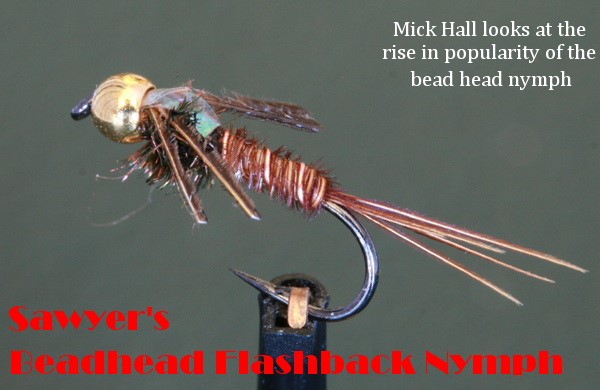
April is Mayfly Month
7.30 - 9.30pm Clubrooms
Mayflies are one of the most elegant of the species in the world of fly fishing. They are also one of the trout’s most important food. Learning more about mayflies, their life cycle, appearance and behavior becomes crucial when fishing mayfly patterns. Here, we will try to cover the main life phases of this interesting insect and its intertwined connection to its big predator – the Trout.
Order: Ephemeroptera
Mayflies (also known as shadflies), belong to aquatic insects. They are primitive species, the oldest of the winged insects and can be dated back to the prehistoric ages. Mayflies go through incomplete metamorphosis, going from egg to nymph to adult, and lacking an intermediate pupal stage. The mayfly nymph, in essence, is a larva which, unlike a typical insect larva, already resembles an adult’s form. (Complete metamorphosis in insect world includes four stages: eggs, larva, pupa and adult.) On the other hand, mayflies are unique as being the only insect to have two winged adult life stages – the sexually immature – subimago and the reproductive, mature – imago.
Mayfly Life Cycle - Part 1
Molting: Nymph to Emerger
Molting (moulting) or emerging of nymphs happens when the water is warmer (in spring and fall), or during mornings or evenings in the summer time. When mayfly nymphs start molting, air and gases start collecting under their protective shell (exoskeleton), increasing their buoyancy, which pushes them up to the surface. They start fighting the upper pull forces and large percentage dies in the process, not having enough energy for the transformation. During molting, nymphs don’t breath.
They start coming out of their exoskeleton either while still subsurface, or when they float to the surface (a few species crawl to the shore to molt). Mayflies that are in the molting phase are called emergers. Their exoskeleton splits along the back and they pull themselves out and lift up their wings.
______________________________________________________________________
If you would like to learn to tie your own flies and understand what you are targeting and why when tying it, then Wednesday evenings at 7.30 pm at our Lilydale Lake Club room is the time & place to come along and learn from our expert teachers.
Group 1 usually starts at 7.30pm and Group 2 usually starts at 8.00pm (see below for explanation of groups)
(Usually we run the session over 2 hours but you can tie until 10.00pm, so if 7.30pm start is too early for you to get there, come by 8.00pm at the latest).
YVFF Members conduct courses in fly-tying for the very beginner to the more advanced tier.
Don’t worry if you haven’t tried it before or if you do not have any of the necessary equipment. For beginners, we can supply the essential tools to get you started.
A small charge of $5 applies to cover the cost of tying materials supplied, and RSVPs are necessary for us to ensure we have sufficient resources available.
We divide the group into two main classes.
1. The beginner who needs to take it slowly in the beginning to perfect their skill – in this group you will tie nymphs until you are proficient in fly tying techniques.
2. The second group is for the beginner through to expert where your ability to grasp the technique is not your major challenge and you can learn to quickly tie and master a range of flies and soon fill your fly box There is nothing more satisfying than catching a fish on a fly you have tied.